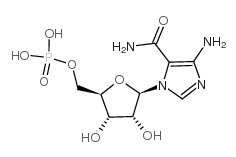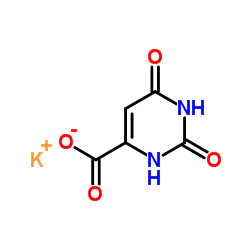| Structure | Name/CAS No. | Articles |
|---|---|---|
 |
Aica ribonucleotide
CAS:3031-94-5 |
|
 |
Orotic acid
CAS:65-86-1 |
|
 |
Orotic acid potassium salt
CAS:24598-73-0 |